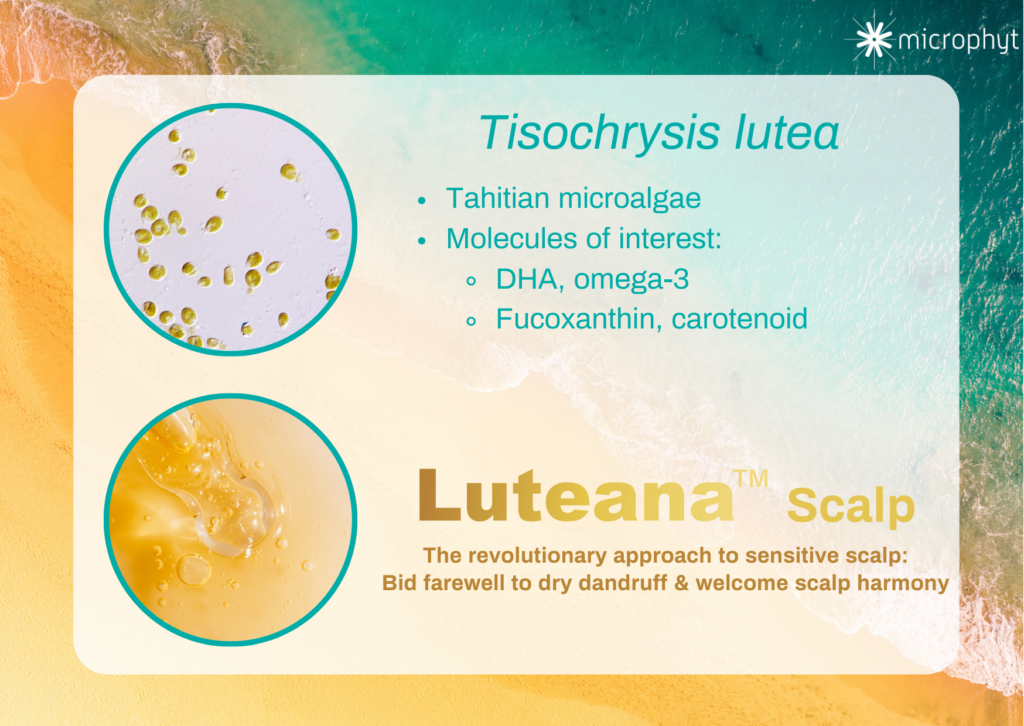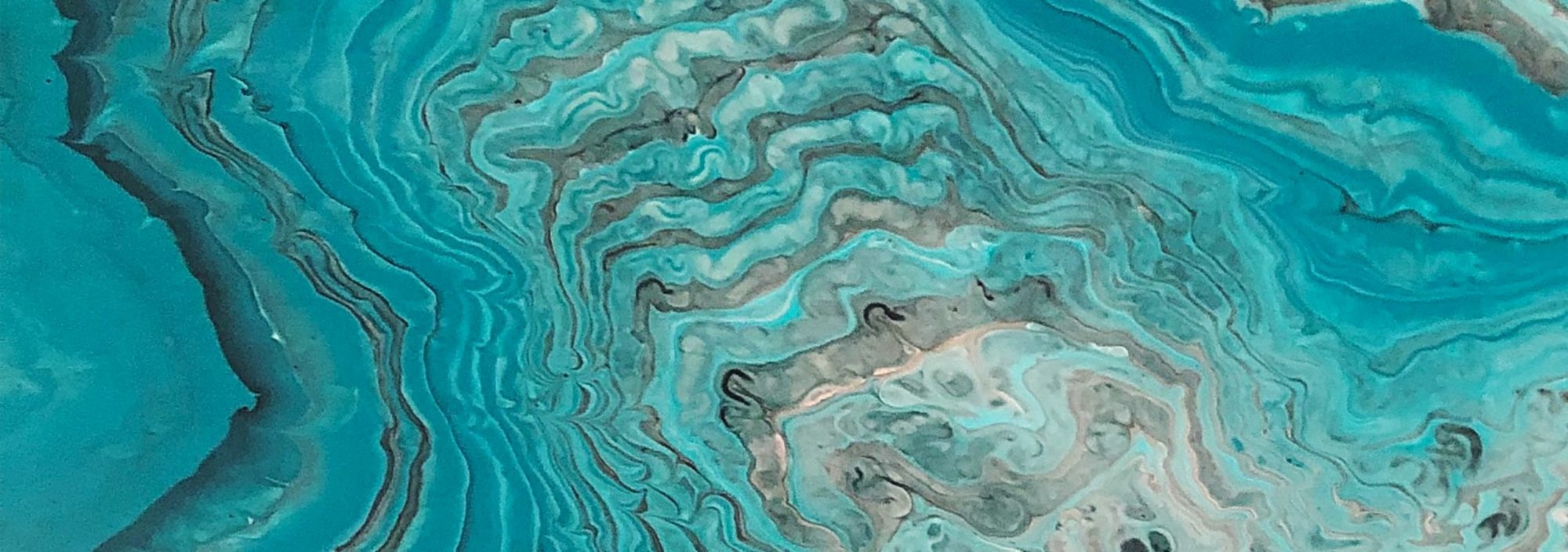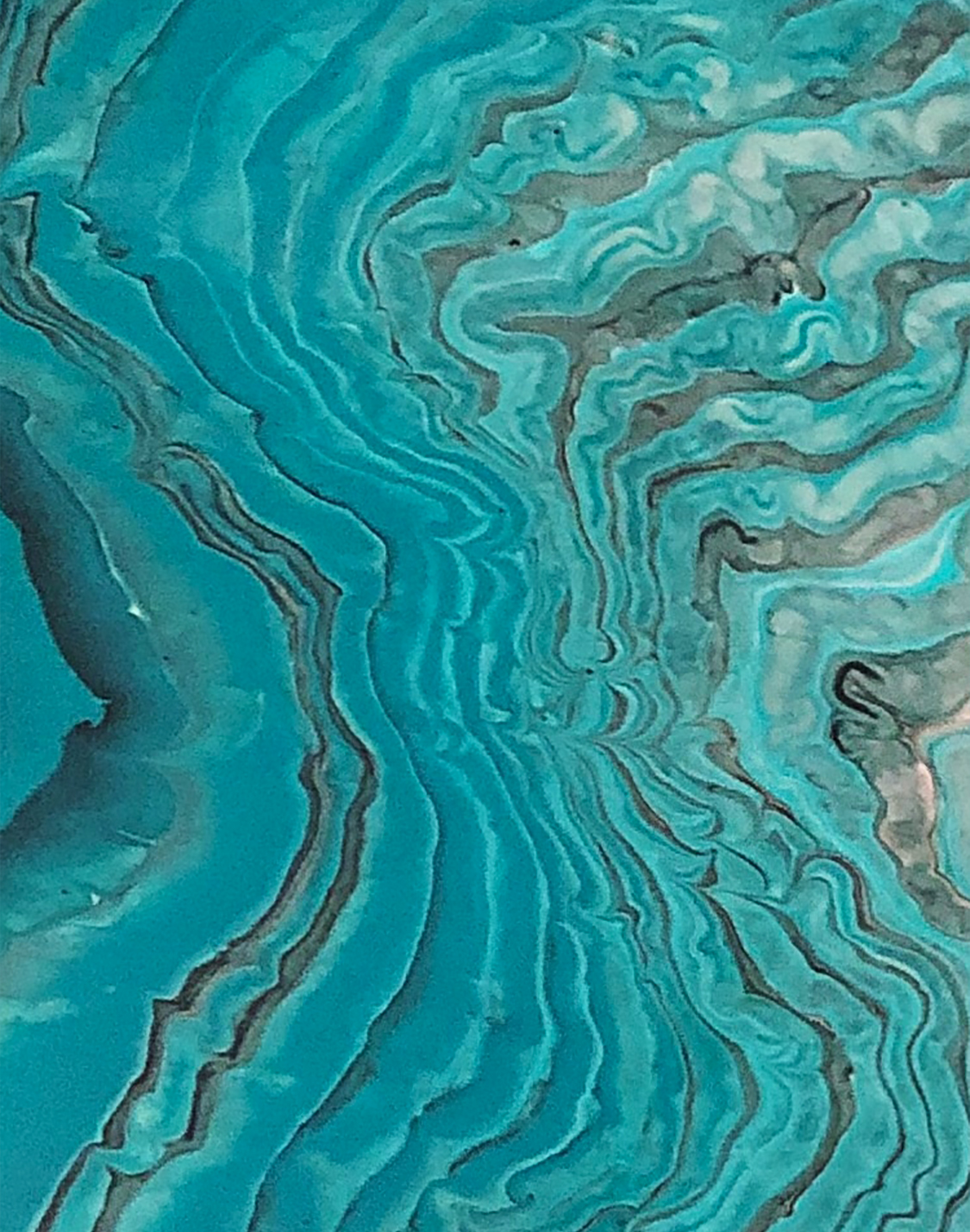

Discover the Gold of Tahiti: Tisochrysis lutea 🌊
July 11, 2024
Harnessing the power of nature
Tahiti may not be the first place you think of when it comes to extreme environments but dip below the tranquil turquoise waters surrounding this island paradise and you will find a very different set of conditions.
Despite its inviting setting, the tropical lagoon around Tahiti is a hostile environment for many organisms due to the high levels of acidity, salts and phosphorus in the water, as well as its temperature – a scorching 29°C. These conditions mean that only the hardiest creatures can survive in this seemingly idyllic environment.
Say hello to one of Mother Nature’s best kept beauty secrets: the golden microalgae, Tisochrysis lutea.
Tiny in size but possessing extraordinary capabilities, this microalga is unique in its ability to adapt toits surrounding habitat, enabling it to survive and thrive in extremes of temperature and pH.
The haptophyte algae is composed of just a single cell. All very normal in biological terms, but what is remarkable about this tiny organism is its powerful metabolism which enables it to adapt to its hostile Polynesian environment and defend itself against external aggressions.
Opening up opportunities
Tisochrysis lutea has been found to have significant opportunities for the cosmetics industry, thanks to its unique characteristics. Research has discovered that large quantities of essential polyunsaturated fatty acids are synthesized by this microalgae, including docosahexaenoic acid (DHA). This omega-3 fatty acid is unique to the microalgae as it is too long and complex to be synthesised in nature by plants.[i]
So how is this relevant to the cosmetics industry? A study has shown that the topical application of DHA increases the thickness of the skin’s outer-most layer, the stratum corneum. It also decreases the effects of barrier disruption. The study also found that treatment with DHA improved epidermal keratinocyte differentiation by increasing the expression of the proteins filaggrin and loricrin, which are vital for the protection and function of the skin barrier.
Furthermore, the study has proven DHA’s efficacy in regulating cutaneous inflammation by downregulating proinflammatory cytokines (TNF-α, IL-6) and Thymic stromal lymphopoietin (TSLP), signalling molecules that aid cell to cell communication.[ii]
Another sensitive skin saviour that is synthesized by Tisochrysis lutea is the marine carotenoid fucoxanthin. This incredible orange pigment is able to regulate the homeostasis of skin cells in the event of an overactive inflammatory response in the skin. This ensures that structural and chemical imbalances, which lead to the inflammation and excessive exfoliation of the skin, are rebalanced. Looking at this in more detail, fucoxanthin works to rebalance on two fronts: structurally, by countering the activation of the plasminogen system through the inhibition of uroquinase, and biochemically, by addressing the skin’s protease/anti-protease imbalance.[iii]
DHA and Fucoxanthin: a dream duo
The high presence of DHA and fucoxanthin in Tisochrysis lutea helps the microalgae adapt to its hostile environment. And in cosmetic terms, this complementary action helps to restore the structural and biochemical imbalances in the skin that can cause dryness and sensitivity.
Microphyt has targeted these two molecules to develop Luteana™ Scalp, a precious oily extract that effectively prevents dry dandruff by rebalancing and soothing a sensitive scalp to restore health and harmony with long-lasting effects.

[i] Remize et al. 2021; Feller et al. 2021; Rawling 2003; Jia et al. 2019
[ii] Rustan AC_2005
[iii] Natsume et al. 2020; Zhu et al. 2022; Jiaxin et al. 2021; Mazumdar et al. 2020; Voegeli et al. 2018; Chen et al 2019.




